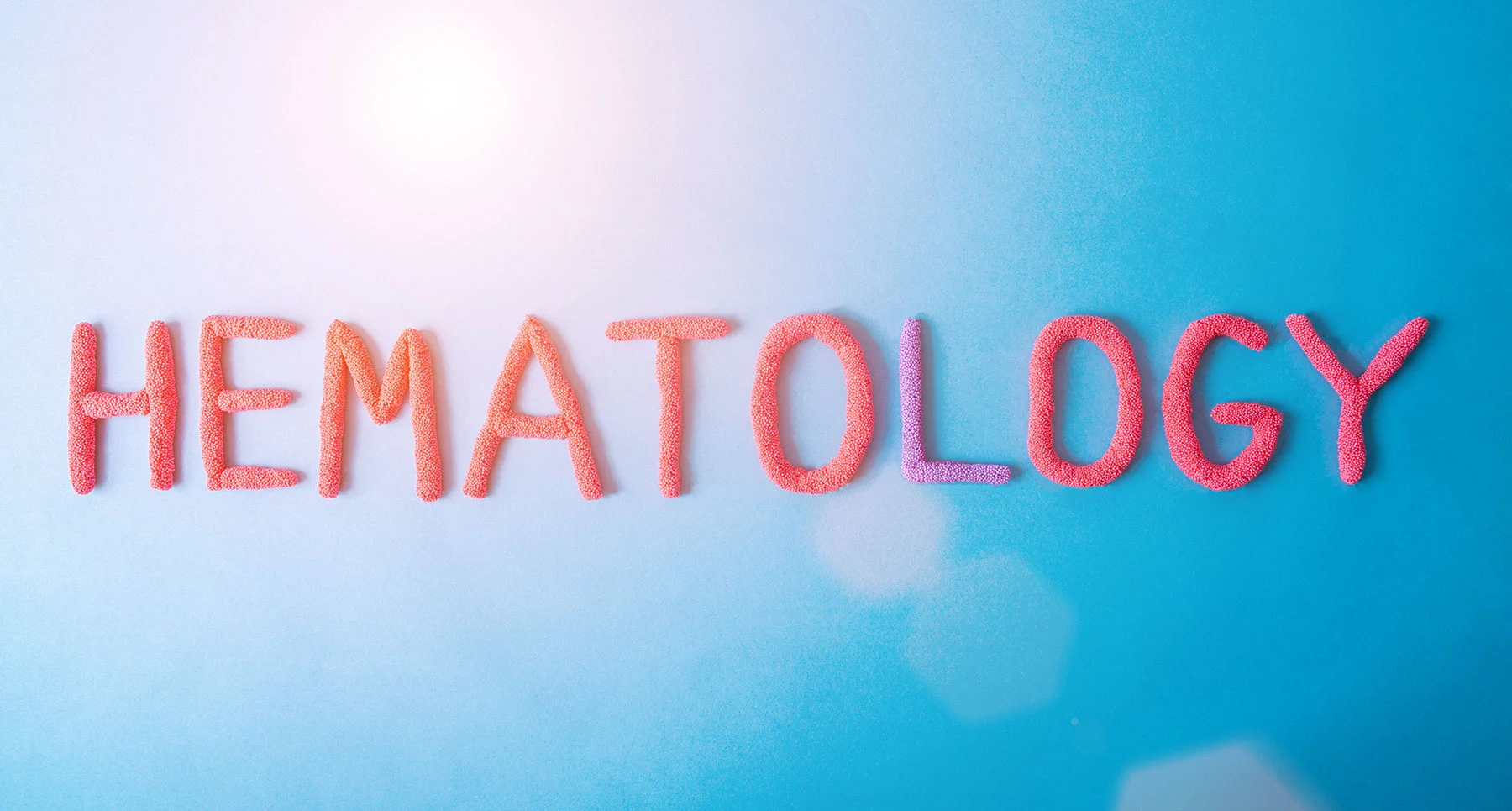
The hematology department in a pathology lab is a crucial component of healthcare that focuses on the study and analysis of blood and blood-related disorders. Hematology plays a vital role in diagnosing and monitoring various medical conditions, such as anemia, leukemia, and clotting disorders. This department conducts a range of tests to assess blood cell counts, hemoglobin levels, and other parameters that provide valuable insights into a patient's health status. Hematologists work closely with other healthcare professionals to interpret test results, make diagnoses, and develop treatment plans tailored to individual patients. Overall, the hematology department plays a key role in ensuring accurate and timely diagnoses, contributing to improved patient care and outcomes.
The Hematology Department offers a range of services focused on analyzing blood samples to diagnose and monitor various medical conditions. Common tests conducted include complete blood counts (CBC), which assess the levels of different blood cells like red blood cells, white blood cells, and platelets. Hemoglobin and hematocrit measurements provide information about oxygen-carrying capacity and blood volume, respectively. These tests help in detecting anemia, infections, clotting disorders, and other blood-related issues. The department plays a crucial role in providing accurate and timely results to aid in the diagnosis and treatment of patients across different medical specialties.
Hematological disorders, also known as blood disorders, are conditions that affect the blood and blood-forming tissues in the body. These disorders can impact the production, function, or structure of blood cells, leading to various health complications. Hematological disorders can be broadly categorized into three main types:
When discussing the technology and equipment used in a hematology lab for your blog, you can provide information on the following aspects